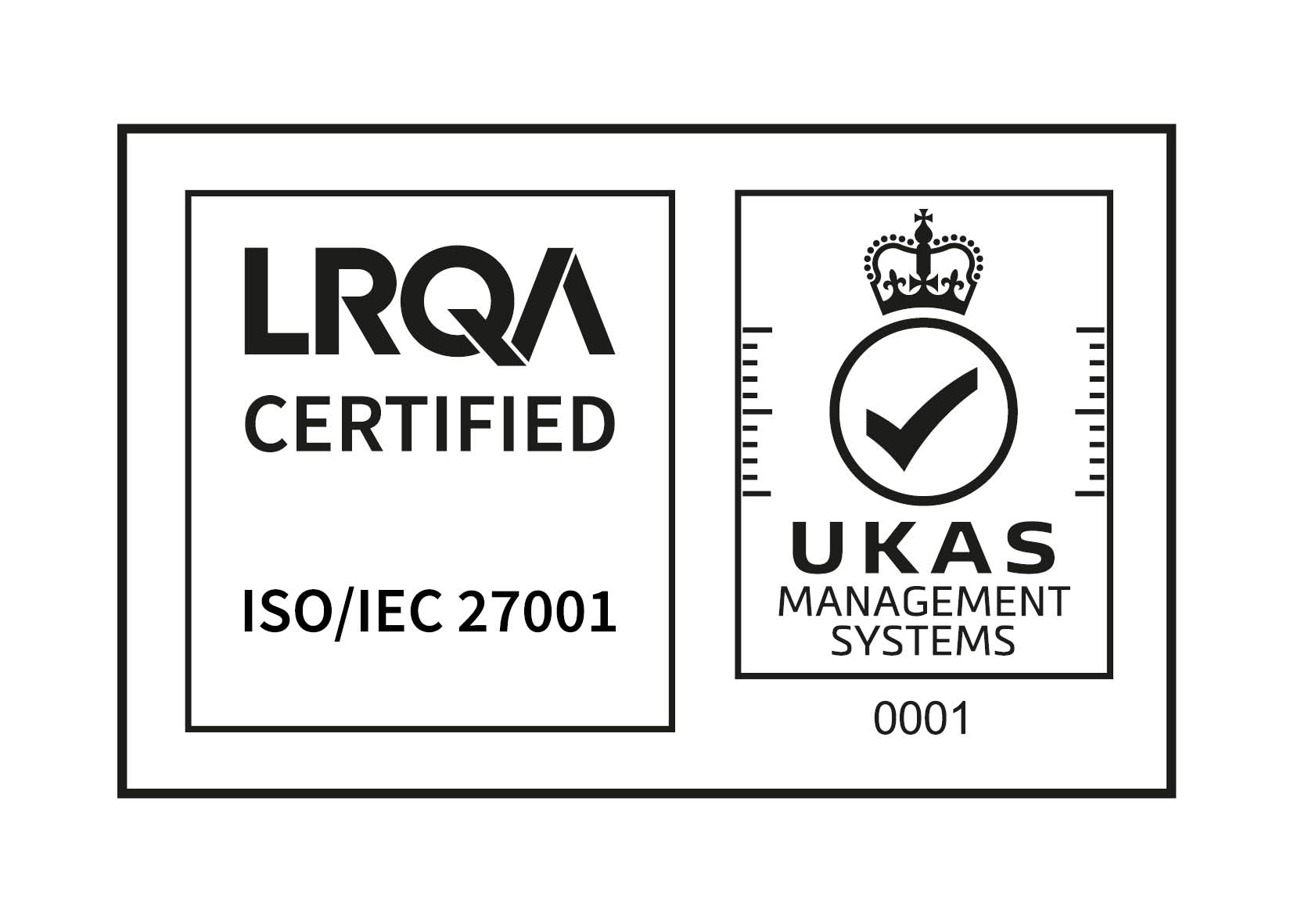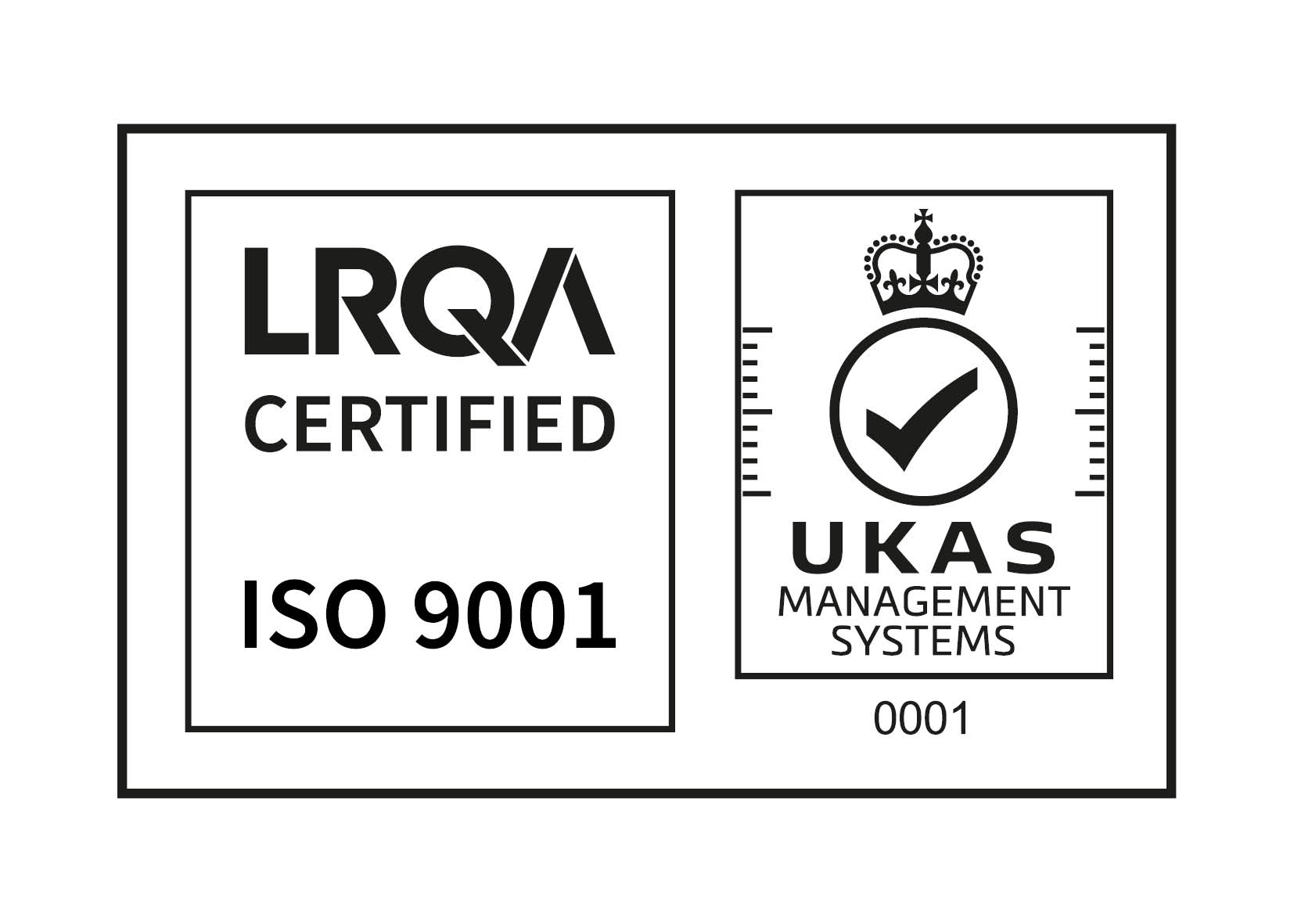Share this
Email Complaint Handling – What Does The Evidence Tell Us?
by Lynne Campbell on May 22, 2024
Of all the complaint types that modern organisations have to field, email complaints probably bear the closest resemblance to traditional - written - complaints. They are not handled in real time and, therefore, give you time to think about how you want to respond. But they also demand close reading, and a level of personalisation that isn’t required when responding to complaints via faster-paced channels, such as social media.
Complaint handling playbooks like the Local Government & Social Care Ombudsman’s Effective Complaint Handling For Local Authorities are highly useful. But there are a few medium specific nuances that we want to highlight here, based on research published in journals like the Journal of Innovation and Knowledge (JIK), and some recent guidance from organisations like the Legal Ombudsman.
![]()
Before we get started, it’s important to note that we’re software experts, not complaints handling specialists. That said, the 20-plus years we’ve spent helping organisations adopt and adapt our complaint handling software has taught us a lot about the way industry leaders handle email complaints.
We’ve coupled this knowledge with some of the latest thought-leadership from organisations at the cutting edge of complaints handling best practice, so that you have a thorough resource to refer to when fine-tuning your internal processes for email complaint handling.
Note: This blog post is part of a series on managing specific types of complaints. For more generic advice on complaint handling best practices, please refer to our blog post on the subject here.
1. The First Rule of Email Complaints: Read Carefully
Back in 2018, the UCLA’s Director of the Center for Dyslexia, Diverse Learners, and Social Justice published an article that highlighted a growing trend: People were training themselves to skim read digital communications.
Compared to traditional letters and books, people took in and understood far less information when presented digitally and this trend wasn’t limited to academics: It was part of a wider pattern that had as much to do with the medium itself as it did to do with people’s growing stress levels and/or lack of time.
![]()
Now, frontline complaints staff spend a lot more time reading email than the average person, and we’d like to imagine that they generally take more care when doing so, but there’s still no getting around the fact that a good number of us pay less attention when we’re reading emails. We’ve been trained that way.
This is a big problem because emails can also be difficult to interpret. Research published by the American Psychological Society shows that people really struggle to interpret tone and emotional nuance in written (vs. verbal) communications.
Critically, the same research also shows that people massively underestimate the degree to which they misinterpret tone, with participants stating that they were confident about their ability to correctly interpret sarcasm or anger 90% of the time, despite a measly 56% success rate in blind trials.
Simply put, emails require careful reading – and rushing does increase the risk that we’ll misinterpret tone or skip over important details. That’s why the first rule of email complaints handling is to slow down; take your time, and read an email through at least 2-3 times before deciding what sort of response it warrants.
This is training that ought to be provided to all frontline team members, but it’s also something that can be baked into workflows, or accounted for by line managers, who probably ought to dip in and double check that email complaints are being handled correctly on a semi-regular basis.
Assuming that you’re using complaints handling software with built-in automations, you should be able to set up a reminder that prompts key staff members to review a random sample of your email complaints every 3-4 days, or just prompt frontline staff to do a thorough review of the tone and contents of an email whenever they go to log an email complaint.
2. Respond In A Timely Fashion
Complaint handling guidelines often recommend that you acknowledge a customer complaint within 3-5 working days, but research suggests that this timeline is probably too slow for email complaints. In 2023, Klaus published their First Response Time in Customer Service study, which found that 50% of people expect a reply to emails within 24 hours.
And in 2020, another study published by Toister Solutions found that the only way to meet 80% of customers' expectations was to reply within one hour of receiving an email complaint, suggesting that the majority of people expect your complaints teams to jump to attention as soon as an email hits their inbox.

Now, it’s important to note that you don’t need to hit these benchmarks to meet your legal or regulatory requirements. This is purely about maximising customer satisfaction and/or safeguarding your company’s reputation by meeting the standards that people have come to expect when communicating by email.
But if improving customer satisfaction is a high priority goal for your department, it is worth looking at your workflow for email complaints, and adjusting it to ensure that response times are less than 24 hours if possible.
One simple way to achieve this is by automating your complaints acknowledgement process. If you’re using modern complaints management software, you should be able to set up an automated workflow and email template that pings back a timely response thanking a customer for their email, letting them know that it’ll be forwarded to the relevant department.
Staff will still need to follow this acknowledgement up with a more personal response explaining how a complaint is being handled, but you’ll buy yourself a bit of breathing room.

Your complaints management software should also enable you to alert appropriate staff members that an email complaint has landed and that it needs to be acknowledged.
Again, acknowledgement is the key word here: Both studies mentioned above are looking at customer’s expectations around acknowledgement. Basically, people can’t be sure that you’ve received their complaint until you tell them that you’ve got it, and that you intend to deal with it in a timely fashion. But these studies do not suggest that customers complaining by email expect a quicker timeline to resolution, or a speedier complaints process.
3. Keep It Personal
This is a very quick point to make, and an easy fix to implement. Back in 2001, an article published in the Journal of Interactive Marketing found that complaint response/acknowledgement emails signed with an employee’s name resulted in markedly higher consumer satisfaction.
The same study also found that addressing the complainant by name had a similar, albeit weaker effect and this probably shouldn’t surprise us: Addressing people by name, and signing off with our own name is polite and sends an important message about our willingness to be held accountable – and the extent to which we’re personally invested in finding a satisfactory resolution for everyone involved in a given complaint.
If you’re using complaint handling software with built in email templates, they should be able to automatically pull in details like the complaint handler’s name. If not, you may have to brief staff on the importance of ending all communications with a personal sign off.
4. Avoid Ambiguous Language
Returning to the point we made earlier, it’s easy to misinterpret the tone and emotional nuance of emails. This is important to bear in mind when reading customer complaints, but equally, if not more important to remember when your teams are replying to them.
Be clear, precise and polite at all times. Avoid language that could be interpreted as rude, dismissive or passive-aggressive and make sure that emails are structured for easy reading. According to the Legal Ombudsman, it’s also best to avoid jargon or pretentious language wherever possible.

The goal is to be understood and to ensure that the person reading your email knows exactly what to expect from the complaints process.
Adjust templates accordingly, and consider training staff to reply using clear and unambiguous language. Groups like the Plain English Campaign run dedicated workshops that are designed to help people working in customer-facing roles to communicate clearly with members of the public, and you can also find dedicated advice on writing customer service emails on sites like Missive.
5. Safeguard Communications
Because they’re two-way and you can’t prevent unnecessary disclosures, email complaints often contain personal data that your frontline operatives wouldn’t log if they were dealing with a telephone or written complaint.
This data needs to be protected in order to comply with regulations like the UK DPA (Data Protection Act) and European GDPR. This is something that’ll be handled by default if you’re using a modern complaints management system; emails can be fed directly into the case record, stored within a centralised online database, that is only visible to authorised members of staff.

It’s also important to make sure that email complaints are backed up somewhere safe. Accidental deletions do occur and it is relatively easy to mis-click and send an email thread to your chosen mailbox’s trash folder. If case emails are stored within your case management system against the case record, you can rest assured that a full correspondence history is being maintained. Check with your supplier what their backup policy is. Here at Workpro for example, everything is backed up to a second data centre for resilience and all data is double encrypted for security.
The ICO have published some useful advice on handling email securely, and you’ll get hands-on advice on storing or emails securely from any reputable IT supplier. Ultimately, the thing to remember is that emails are always relatively easy to lose if they’re left in a shared or personal email inbox and not imported into a complaints management system.
6. Aggregate Supporting Documents
Finally, a bit of administrative advice: The back-and-forth around an email complaint often ends up organised into a single ‘thread’ or ‘chain’ that’s nice and easy to follow, but there are times when email chains get disrupted – particularly if complaints get passed to a different handler and/or department, and comms with the customer in question get reset.
This can make tracking and monitoring the progress of a complaint very difficult. It also thwarts efforts to report on a complaint accurately and makes it incredibly easy to lose attached documents, like photos included as evidence of a defective product, or proof that a customer signed a credit agreement.
![]()
These supporting documents are crucial information that can have a significant impact on the way a complaint is progressed, which is why it’s always better to track and manage email complaints on a dedicated complaints management system – rather than trying to manage them via an email client like Microsoft Outlook.
If you’d like to talk to someone about improving your email complaints handling process, get in touch. We’re an employee-owned company that produce complaints management software capable of transforming productivity and service delivery.
If you’d prefer to read more general advice on complaint handling, you’ll also find a wealth of further reading on our blog.
Share this
- November 2025 (1)
- October 2025 (2)
- September 2025 (1)
- August 2025 (3)
- July 2025 (2)
- May 2025 (2)
- April 2025 (3)
- February 2025 (3)
- December 2024 (1)
- November 2024 (1)
- October 2024 (1)
- June 2024 (1)
- May 2024 (2)
- April 2024 (2)
- March 2024 (1)
- February 2024 (1)
- January 2024 (1)
- December 2023 (1)
- November 2023 (2)
- October 2023 (1)
- August 2023 (2)
- July 2023 (2)
- June 2023 (2)
- May 2023 (1)
- April 2023 (3)
- February 2023 (3)
- December 2022 (2)
- October 2022 (1)
- September 2022 (3)
- August 2022 (2)
- July 2022 (2)
- June 2022 (1)
- March 2022 (2)
- February 2022 (1)
- January 2022 (1)
- December 2021 (1)
- October 2021 (1)
- June 2021 (2)
- May 2021 (1)
- February 2021 (2)
- October 2020 (1)
- September 2020 (1)
- August 2020 (1)
- July 2020 (1)
- June 2020 (3)
- April 2020 (1)
- October 2019 (2)
- September 2019 (2)
- May 2019 (1)
- March 2019 (1)
- November 2018 (1)
- July 2018 (1)
- November 2017 (1)
- September 2015 (1)








